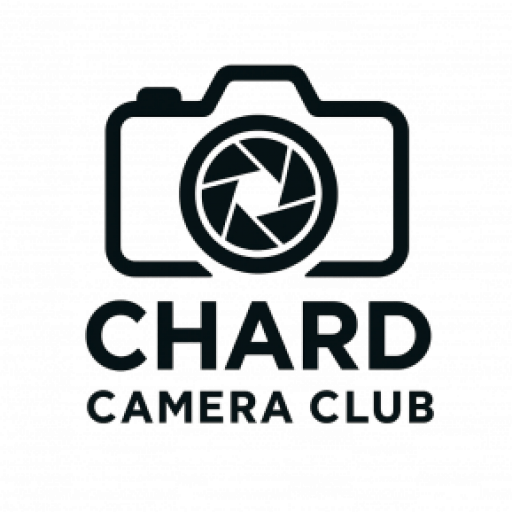WCPF, and RPS Category Definitions
Nature
Any natural subject, to not include human influence in most cases, although it can be taken in a zoo or wildlife park. It can include all wildlife, natural events such as weather, plant-life in the wild and geological features and landscape. The image must not be manipulated in any way so as to change the original picture, other than by cropping or the use of dust removal etc. HDR and focus stacking are permitted.
Portrait:
An image of a human, which can be either in a studio or in a more informal setting, and can be anything from a study of the head and shoulders to a full length subject.
Landscape
To include the landmass, but not to include a building or people as the major subject, although they can be included as a minor element of the picture if they add to the scene. Water and managed landscape can be included, including coastal scenes.
Mono:
A greyscale image ranging from black to white, of any subject. A greyscale image tinted with one colour across the whole image is permitted, but a greyscale image with one colour added ( to a particular section of the image i.e ‘colour popping’ ) is not.
Close-up(Macro)
Any subject which is recorded in such a way as to not fit the whole frame owing to the closeness of the camera to the subject. The subject does not have to be larger than life size, although true macro images are included in the category, and can be of any subject matter.
Open Category
An image for submission in the Open category can be edited ( or not ) completely at the individual photographer’s own interpretation.
Creative Category
A Creative image is one noticeably different from an image as viewed through the camera lens. The submitted image must have originated as image or images captured by media sensitive to light or other electromagnetic radiation. All elements of the image must have been captured or generated by the creator of the image. The use of third party images such as clip art is not allowed. All creative techniques including combined images and montages and HDR are acceptable.
Monochrome Images
A black and white image or one which has been modified by the addition of a single tone to the entire image is defined as a Monochrome Image.
Colour Images
All images other than those above are defined as colour images.A black and white image which has been modified by the addition of partial toning or by the addition of one colour to any part of the image is a Colour Image.
Nature Photography (as used in PAGB competitions)
Nature photography is restricted to the use of the photographic process to depict all branches of natural history, except anthropology and archeology, in such a fashion that a well-informed person will be able to identify the subject material and certify its honest presentation.
The story telling value of a photograph must be weighed more than the pictorial quality while maintaining high technical quality. Human elements shall not be present, except where those human elements are integral parts of the nature story such as nature subjects, like barn owls or storks, adapted to an environment modified by humans, or where those human elements are in situations depicting natural forces, like hurricanes or tidal waves.
Scientific bands, scientific tags or radio collars on wild animals are permissible. Photographs of human created hybrid plants, cultivated plants, feral animals, domestic animals, or mounted specimens are ineligible, as is any form of manipulation that alters the truth of the photographic statement.
No techniques that add, relocate, replace, or remove pictorial elements except by cropping are permitted. Techniques that enhance the presentation of the photograph without changing the nature story or the pictorial content, or without altering the content of the original scene, are permitted including HDR, focus stacking and dodging/burning. Techniques that remove elements added by the camera, such as dust spots, digital noise, and film scratches, are allowed. Stitched images are not permitted. All allowed adjustments must appear natural.
Colour images can be converted to greyscale monochrome. Infrared images, either direct-captures or derivations, are not allowed. Images used in Nature Photography competitions may be divided in two classes:
Nature and Wildlife
Images entered in Nature sections meeting the Nature Photography Definition above can have landscapes, geologic formations, weather phenomena, and extant organisms as the primary subject matter. This includes images taken with the subjects in controlled conditions, such as zoos, game farms, botanical gardens, aquariums and any enclosure where the subjects are totally dependent on man for food. Images entered in Wildlife sections meeting the Nature Photography Definition above are further defined as one or more extant zoological or botanical organisms free and unrestrained in a natural or adopted habitat.
Landscapes, geologic formations, photographs of zoo or game farm animals, or of any extant zoological or botanical species taken under controlled conditions are not eligible in Wildlife sections. Wildlife is not limited to animals, birds and insects. Marine subjects and botanical subjects (including fungi and algae) taken in the wild are suitable wildlife subjects, as are carcasses of extant species. Wildlife images may be entered in Nature sections of Exhibitions.
NOTE. This is now a definition agreed by FIAP, PSA and the RPS as well as the PAGB and its Federations
